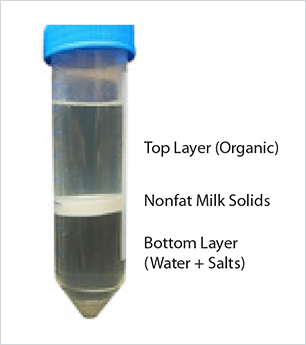Introduction
Aflatoxins are produced by fungi of the Aspergillus genus. Of several aflatoxin producing species, two are widely studied due to their importance to agriculture and medicine: Aspergillus flavus and Aspergillus parasiticus.1 These species infect important cereal grains, including maize, as well as ground (peanuts) and tree nuts. When infected, such commodities may become contaminated with aflatoxins and may subsequently be introduced into products routinely used in human and animal nutrition.2,3 When ingested, these toxins have the potential to impact animal, and especially, human health.4,5 They have been classified by the International Agency for Research on Cancer (IARC) as group 1 carcinogens, that is, compounds known to be carcinogenic in humans.6 Their target organ is the liver where they are thought to interfere with regulatory elements of DNA function.7 The most biologically active aflatoxin is aflatoxin B1 (AFB1).4 A recent risk assessment determined that aflatoxins may be implicated in 4.6-28.2% of hepatocellular carcinomas (HCC) worldwide.8

The focus of this study is the metabolite of AFB1, aflatoxin M1 (AFM1). AFM1 can be present in the milk of lactating dairy animals that have consumed aflatoxin contaminated feeds.3 Although this aflatoxin is less biologically active than its precursor, it is also listed by the IARC as a group 1 human carcinogen.6 According to one understanding of aflatoxin toxicity “... it is generally felt that there is no threshold dose below which no tumor formation would occur... only a zero level of exposure will result in no risk...” 9 Because of its potential as a carcinogen, and because milk is widely used as a food source, particularly for children and infants, the concentration of AFM1 in milk is widely regulated.10 The European Union (EU), along with Israel, has imposed the most stringent limits for the presence of AFM1 in raw milk and milk used for the manufacture of milk-based products. Currently, EU and Israeli permissible level of AFM1 in milk-based products is 0.050 μg/kg, while the regulatory specification for AFM1 levels in infant formula, follow-on milk and other specified infant products, is 0.025 μg/kg.11,12 Feasibility for this LC/MS analysis was initially investigated using protein precipitation with milk samples and FLD detection. Samples that were spiked at 0.5 ng/mL (0.5 μg/kg) and analyzed by HPLC, demonstrated that cleanup was sufficient to permit detection of AFM1 with a recovery of 88%. This study further develops the AFM1 sample cleanup and analysis method to detect and quantify aflatoxin M1 at concentrations corresponding to the lowest EU regulatory limit. A successful method will encompass regulatory limits for AFM1 in milk as determined by the U.S. and China.13,14
Experimental
Milk Preparation
Locally obtained 2% milk (45 grams) was weighed into 50 mL polypropylene centrifuge tubes* and centrifuged for 60 minutes at 5000 revolutions per minute (rpm), with a relative centrifugal force (RCF) of 4863 x g.** Following centrifugation, milk was chilled at 0 °C for 30 minutes. After cooling, the top (fat) layer was removed using a laboratory spatula, and then 20 mL of serum milk (middle layer) was transferred to a collection flask.
Aflatoxin Spike
A 0.5 μg/mL AFM1 reference standard was diluted to 0.05 μg/mL by transferring 150 μL of the standard into 1350 μL of acetonitrile. Prepared milk (80 mL) was transferred into each of two 200 mL silane treated Erlenmeyer flasks.* Either 40 or 400 μL of the 50 ng/mL aflatoxin spiking solution was added to 80 mL of milk, resulting in 25 and 250 pg/mL concentrations of AFM1 in the respective spikes. The milk was spiked and gently swirled for two minutes prior to extraction.
Protein Precipitation and AFM1 Extraction
Acetonitrile (20 mL) was pipetted into clean 50 mL polypropylene centrifuge tubes. AFM1 spiked milk (20 mL) was added to each tube in four 5 mL aliquots, inducing protein precipitation. The mixture was shaken for 5 seconds by hand. A Supel™ QuE non-buffered tube 2 (Cat. No. 55295-U) was added to the liquid and the suspension was immediately shaken vigorously to disperse the salts. The centrifuge tubes were then placed on a laboratory shaker for 5 minutes. After shaking, the tubes were centrifuged at 5000 rpm (RCF 4863 x g) for 20 minutes. AFM1 was extracted into the organic (top) layer of the preparation (Figure 1a).
 Figure 1a. Milk Extraction 1b. Evaporated Milk after Centrifugation
Figure 1a. Milk Extraction 1b. Evaporated Milk after Centrifugation




